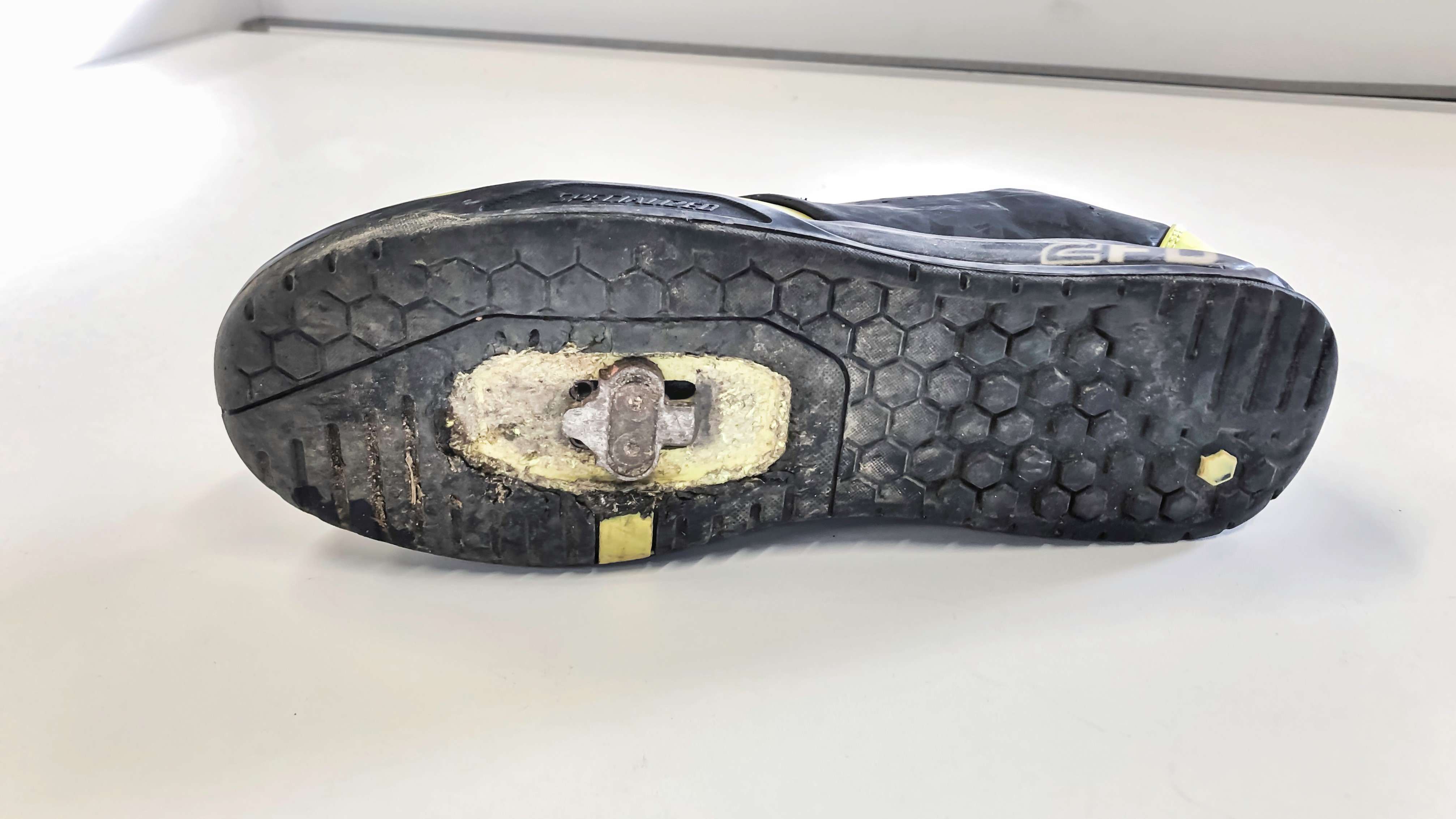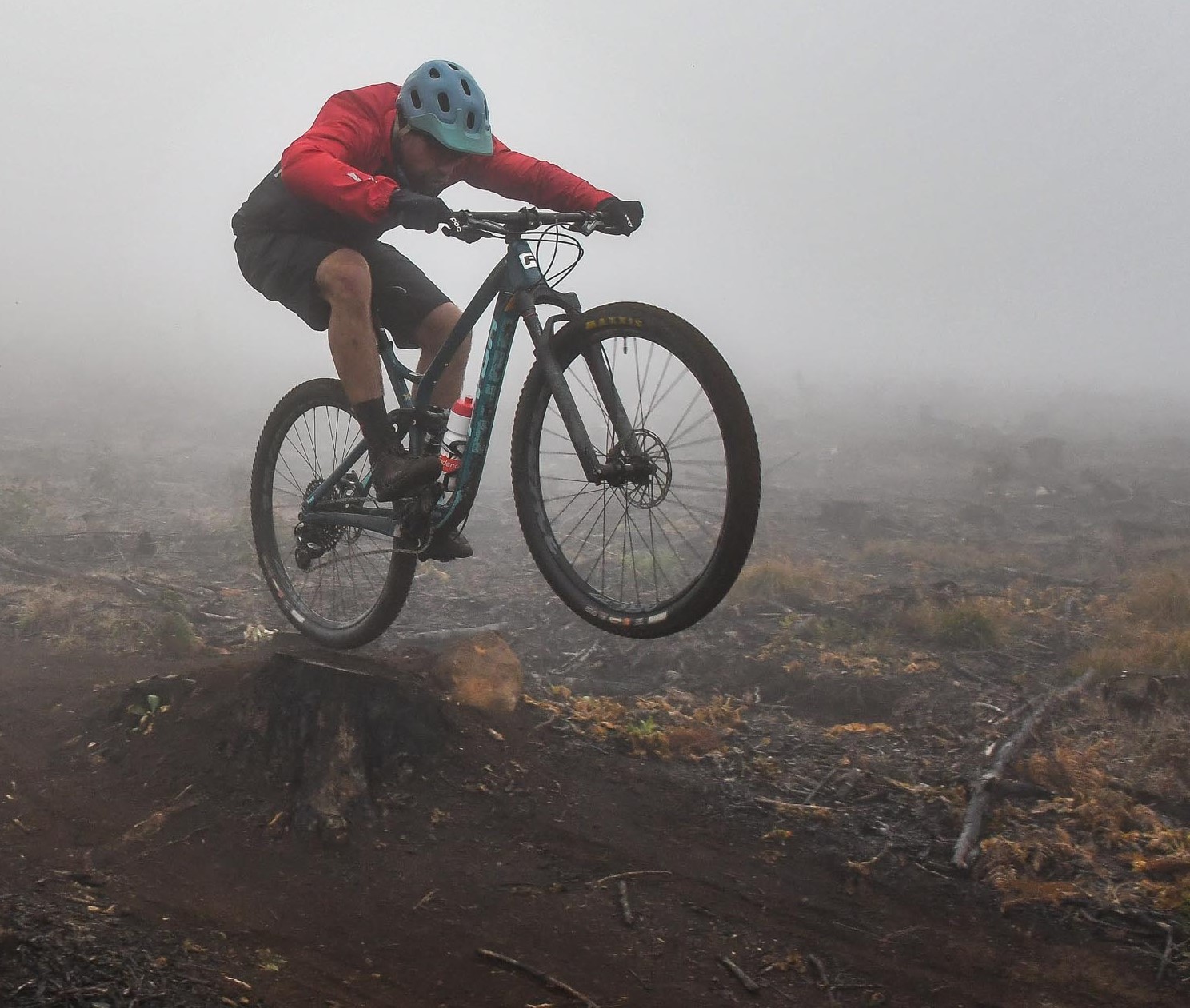The importance of cleat placement and how it promotes better bike balance
We explain how cleat placement can boost your technical riding confidence

Cleat placement should be relatively simple. You bolt the cleat in place, clip into the pedals, and away you go, benefiting from a locked-in pedalling interface.
Right? Not quite. For mountain biking, the issue of cleat position is a great deal more complex than simply clipping-in and powering along.
Unlike road cycling, mountain bikers still have the option between flat pedals and clipless pedals, with the former influencing the latter. Most riders understand that being cleated-in does have certain power transfer benefits. But what about descending confidence and technique?
Flat pedal riders have always claimed that their larger platform creates a more balanced structure to enable weight transfer and assist in turning and controlling the bike. Flat pedal advocates also claim that large platform pedals procedure the correct weight distribution between the rider and the tyres' contact patch when pinging through technical terrain.
So, what if you are a dedicated clipless rider? How can your cleat position possibly influence riding confidence and minimise the risk of injury?
It is worth remembering that a cleat’s contact area is much smaller and more concentrated than that of a flat pedal. This means you have a much lesser margin of altering your weight distribution on the pedals and changing the bike’s attitude and stability through corners and over technical obstacles.
The one way in which you can exert more accurate pedal-steering dynamics with clipless pedals is to reposition your cleats. Most riders bolt their cleats in a forward position, which does feel most comfortable when pedalling and facilitating power transfer.
Getting better balance on the pedals
A negative feature of riding clipless with your cleats bolted to the front of the adjustment box, is that it places you in a less favourable position when standing on the pedals during a descent.
Progressive frame geometry has created longer bikes, with slacker head angles, to ensure that riders are closer to being between the front and rear axes when descending. If we transpose this design logic to clipless pedals and cleat position, you’d want the pedal axle to be closer to the middle of the foot, instead of the front.
By moving the cleat to its rearmost position, you bring the foot forward and over the pedal axle, which enables a much evener distribution of weight while descending. Any mountain bike skills coach will reinforce how weighting and unweighting the pedals, is crucial for maintaining control in technical terrain.
Most mountain bikers are familiar with the feeling of an unanticipated terrain strike, whether it be a root or rock. That involuntary forward tipping of your momentum can be a terrible feeling. It can be greatly mitigated if you are riding with cleats bolted further back, preventing your feet from immediately forward-rotating on the pedal axle.
- Best mountain bike shoes
- Burgtec launches MK 5 Penthouse flat pedal
- Squidworx creates a modular flat pedal
With your cleats positioned rearward, you can really use the heel-drop technique, to weight the pedals and stabilize the bike. For cornering, this becomes even more crucial as one is required to apply maximum weight transfer to the outside pedal.
Although there are limitations for how far back you can slide a cleat and bolt it into position, some riders are so desperate to optimize their clipless weight distribution, that they cut into the shoe, to free-up even more space for cleat positioning.
Lateral cleat positioning is also important, but this mostly relates to pain alleviation. If you are suffering outside knee pain, move your cleats more inboard. The opposite applies to interior knee pain, which should be lessened by moving the cleats outward.
In summary, you might want to explore riding with your cleat moved back a touch more, to enable a more intuitive execution of the heel-drop descending technique.

Lance Branquinho is a Namibian-born journalist who graduated to mountain biking after injuries curtailed his trail running. He has a weakness for British steel hardtails, especially those which only run a single gear. As well as Bike Perfect, Lance has written for MBR.com, Off-Road.cc and Cycling News.
